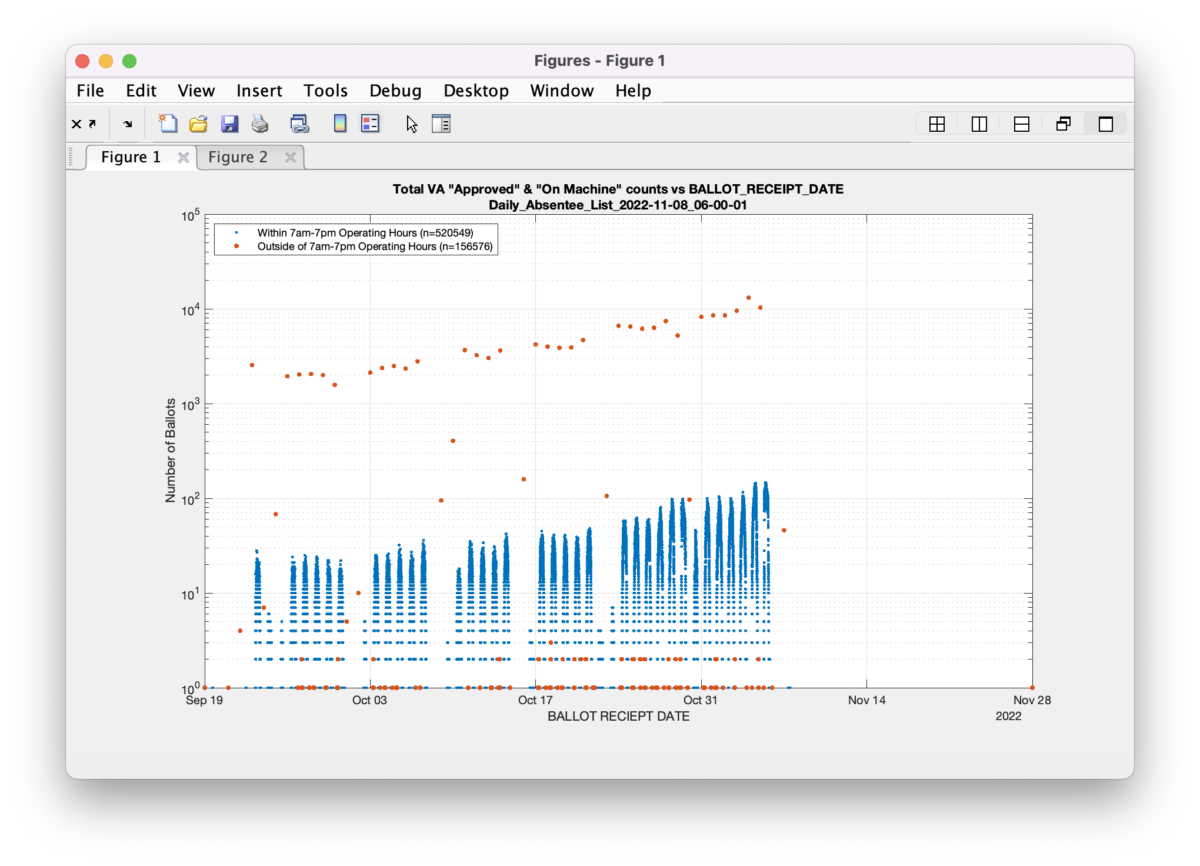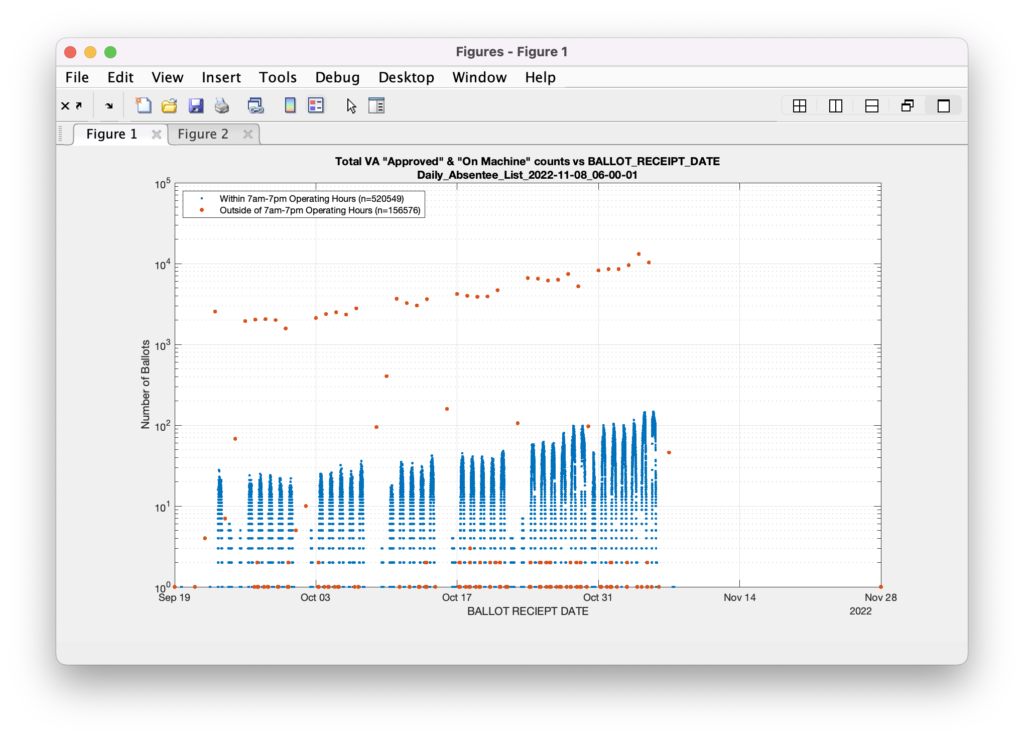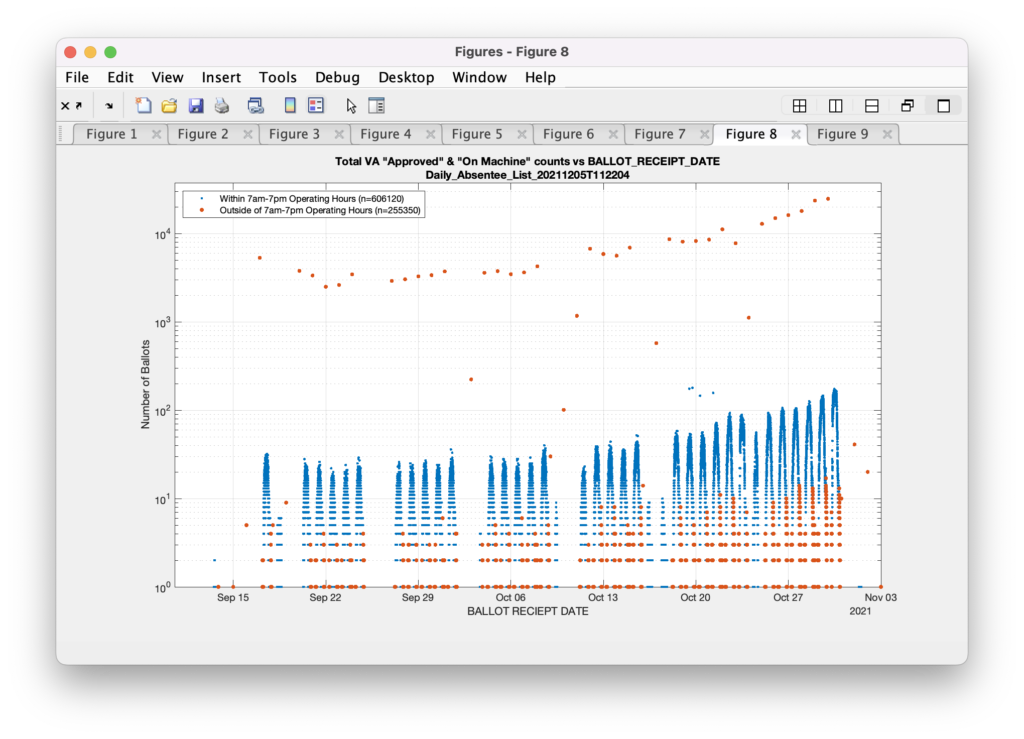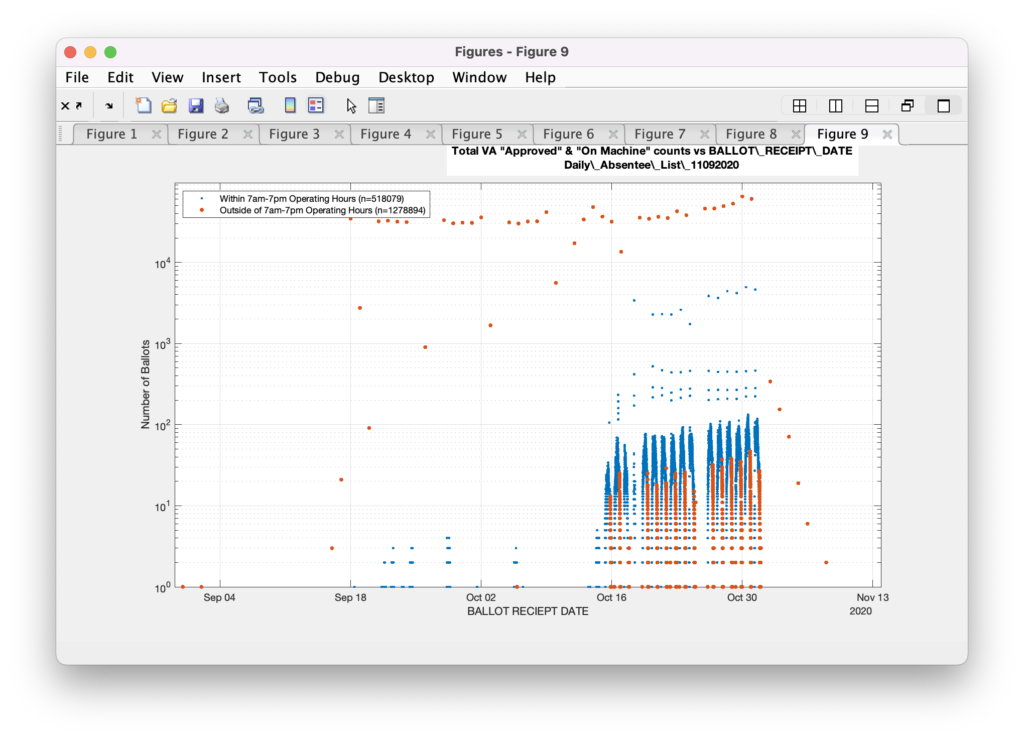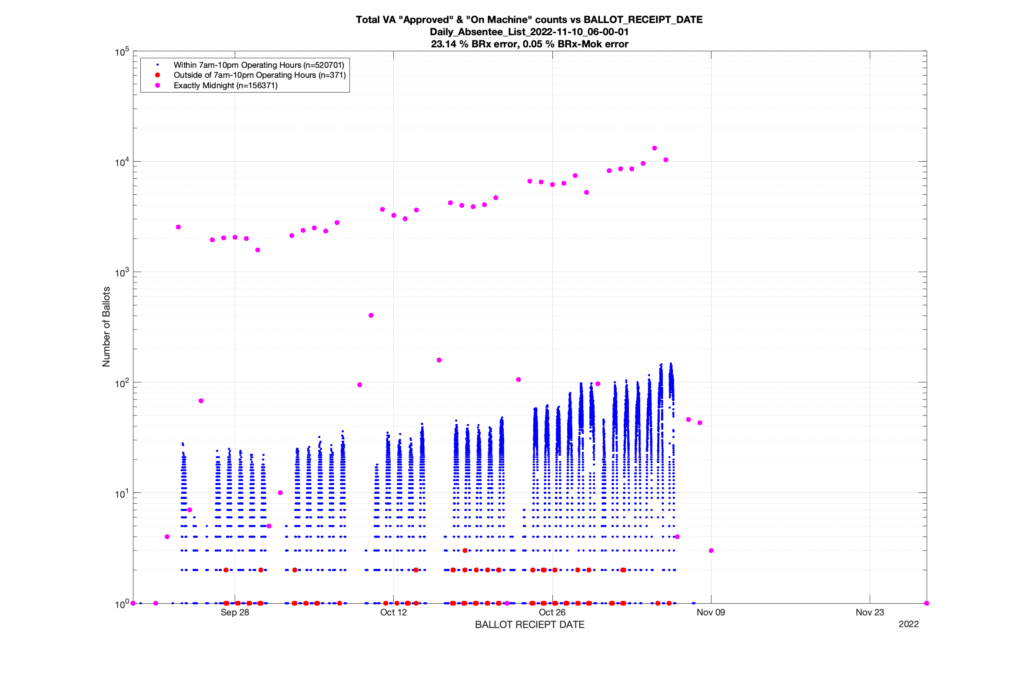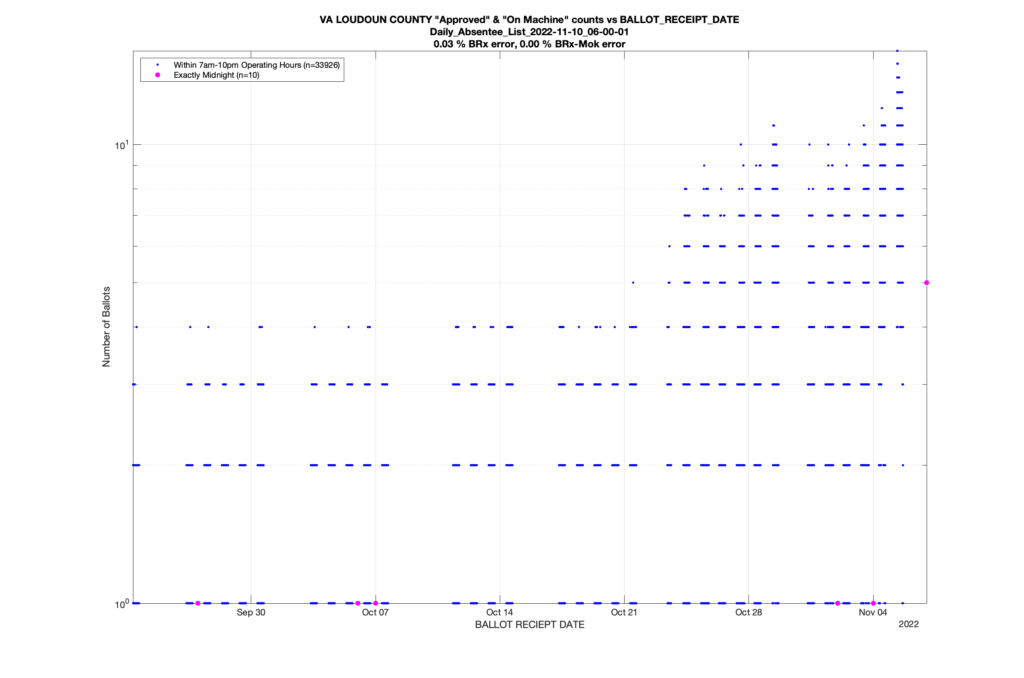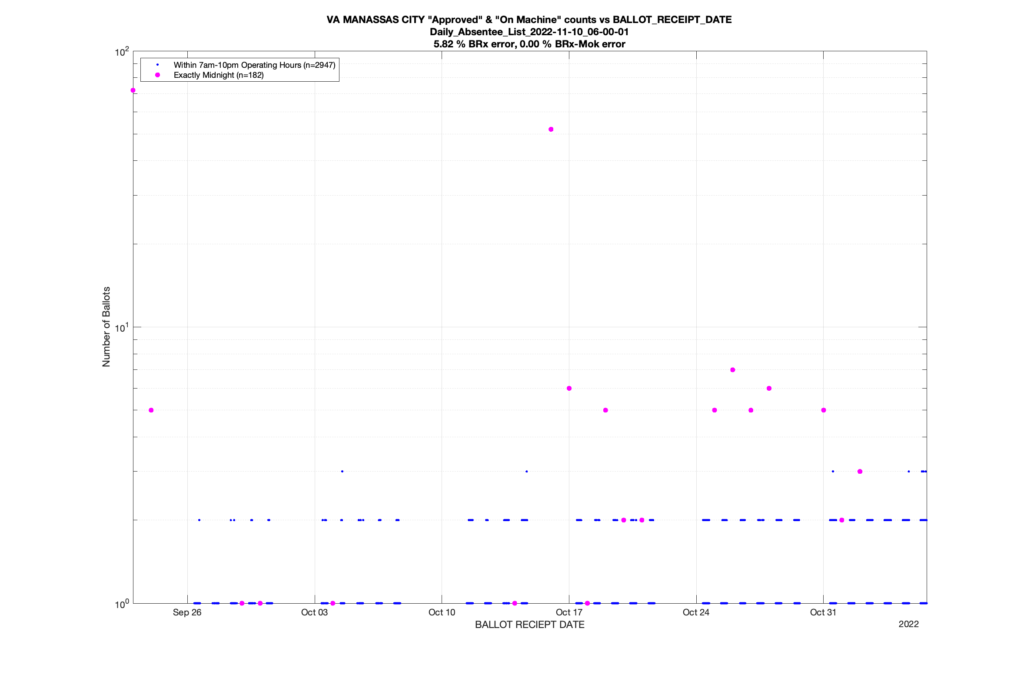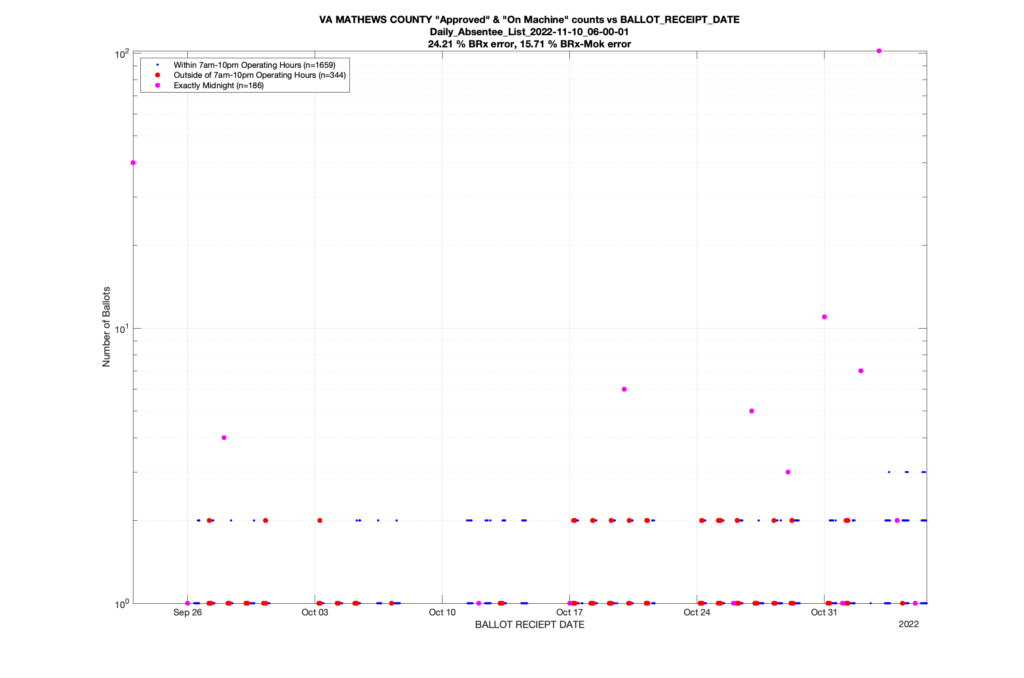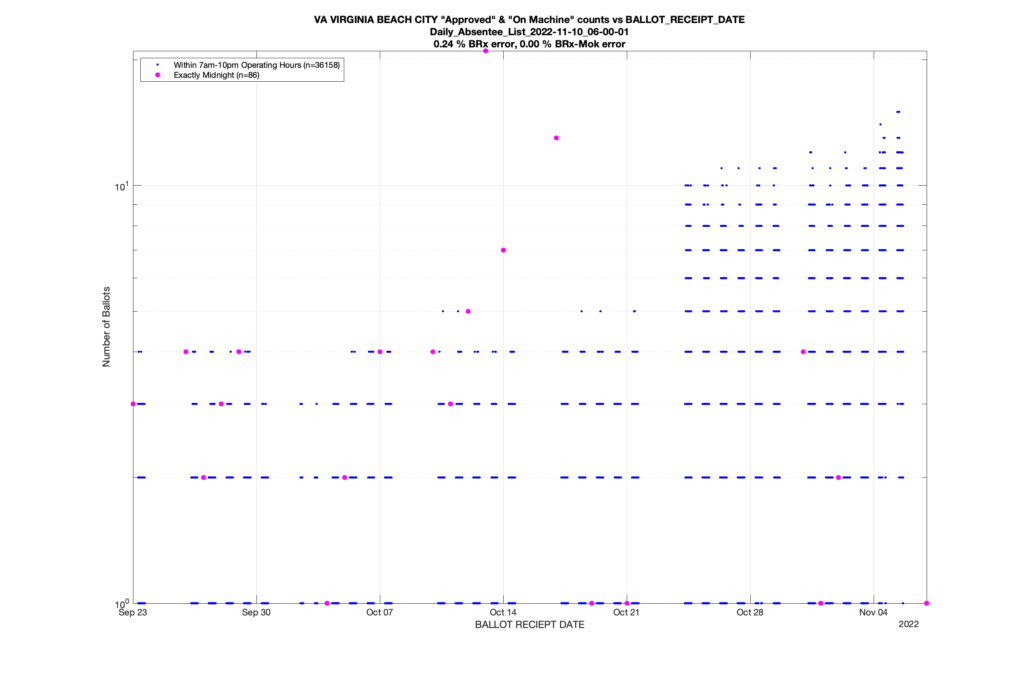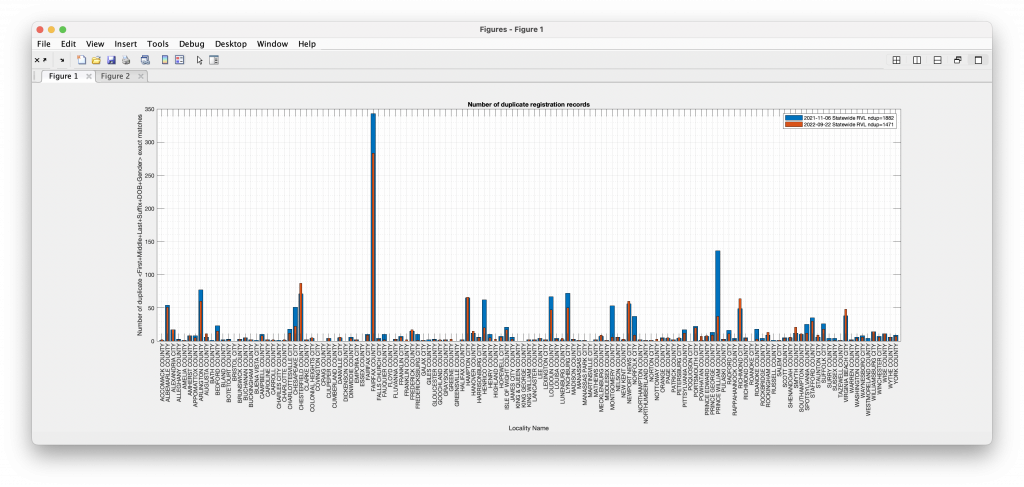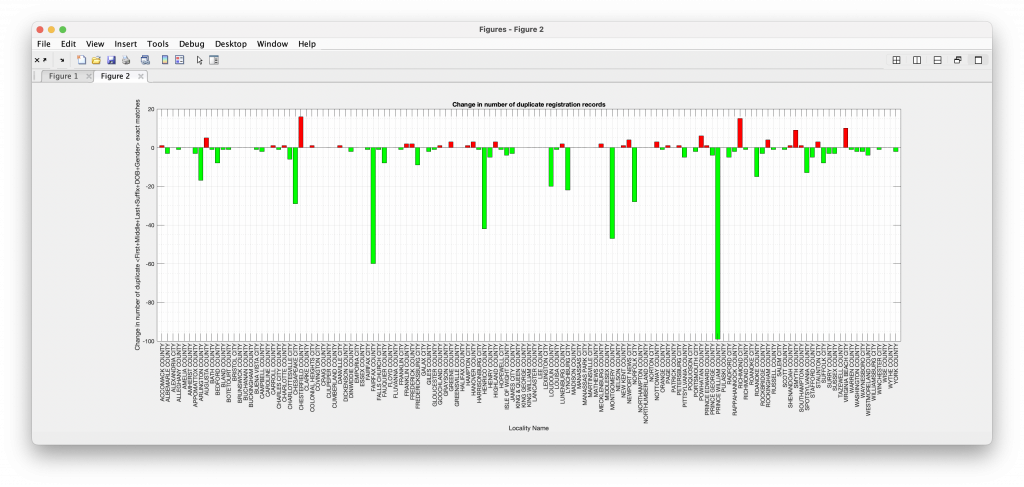At Least Two Precincts Showed Different Physical Ballot Count Compared to Scanner Counts
Non-profit electoral process group calls for a full audit of precincts with discrepancies before Commonwealth of Virginia certifies local and statewide election results.
November 14, 2022 — Electoral Process Education Corporation (EPEC), a non-profit 501c (3) that performs election data analysis, is urging Virginia’s public election officials to verify scanner machine ballot counts before certification of results in key precincts as a result of recent findings.
The recommendation comes after election officers, analysts and observers discovered discrepancies in the data reported to and provided by the Virginia Department of Elections (“ELECT”). The findings raise questions about the proper certification of the machines in question, and whether issues were addressed according to statewide election protocols.
In at least two precincts in Prince William County (PWC) the number of physical ballots cast and accumulated was different than the machine scanner’s tally of ballots, as reported by election officers. The numbers must align as part of the precinct’s tracking of total ballots cast at the voting location.
Although the number of ballots impacted was small, the repeated findings raise questions about the origin of the errors and whether the machines were operating correctly.
In Virginia’s VA-7 Congressional District Race, election officers observed differences in ballot counts of voters who were checked in with pollbooks compared to the actual number of ballots in the machines throughout the day. When the election officers went to close out the polling station, they discovered a ballot scanner with 27 more ballots represented in the electronic total than physical ballots present inside the machine’s collection bin. The scanner reported 531 ballots scanned and recorded, but only 504 physical ballots were in the collection bin underneath the scanner.
Election officers documented these issues with the General Registrar and Electoral Board and recorded the information in the official Statement of Results (SOR) and Chief’s notes. The officers proceeded to conduct a hand tabulation of the vote totals on the ballots in accordance with election procedures. They repeated this tabulation multiple times, with multiple officers witnessing the process. The results of the hand tabulation, as compared to the scanner totals, is as follows:
The Democrat candidate received 22 of the unexplained votes, a 7.86% difference compared to the physical ballot tally for the candidate. The Republican candidate received another 3 votes, a 1.34% difference over the physical ballot tally for the candidate. There were 2 write-in ballots.
In Virginia’s VA-10 Congressional District Race, elections officers also found a small difference between machine scans and physical ballots (approximately 5-10, out of 1505 cast). EPEC is working to confirm if this discrepancy was reported on the official Statements of Results or not.
EPEC’s collection and analysis of additional datasets resulted in the discovery of further issues and discrepancies, to include the following:
- The Daily Absentee List (DAL) data [of in-person and absentee early voting] provided by Virginia’s Dept. of Elections shows a more than 20% error rate in the ability of e-poll books and backend data streams to record and/or report accurate check in times for in-person early votes. See more at https://digitalpollwatchers.org/on-machine-ballots-with-logically-impossible-time-stamps/
- EPEC assisted poll watching teams with a unique web form for documenting observations. According to its analysis of 738 reports (at the time of this writing) by poll watchers in Virginia, 21% (155 reports) contained at least one serious issue flagged for further review; 10.16 % (75 reports) specifically flagged data discrepancies or equipment issues. The VA poll watcher reporting summary can be reviewed at https://digitalpollwatchers.org/2022-general-election-va-poll-watcher-reporting-summary/
The PWC Electoral Board is expected to meet Tuesday, Nov. 15th, to perform a final certification of local election results. The State Board of Elections will subsequently meet to certify the results of the election statewide.
EPEC is urging VA election officials to perform a detailed, transparent process to explain and rectify these discrepancies. It has compiled a list of recommendations based on its analysis:
- Sequester all equipment at voting precincts that found discrepancies between ballots and machine-counts, perform a full hand count and tabulation audit for these precincts.
- Physical ballots should be compared with the Scanner Report Tapes, the full Cast Vote Record (CVR), Digital Ballot Images and other machine records and logs.
- Ensure election equipment complies with Virginia’s election statutes by certifying software, hardware, and programming hash codes, and then checking randomly selected precincts with the same equipment but with no reported issues.
- Standard processes should be updated to require verification that the number of ballots in the scanner collection bin match the scanner result report tape. If the numbers do not match, an on-premises hand tabulation shall be performed by the election officers and the results recorded in the official public record.
Update 2022-11-16:
The Prince William County Board of Elections and Office of Elections heeded the call to investigate further and performed a hand recount of the ballots for the VA-7 precinct in question. See Virginia’s Prince William County Conducts Ballot Recount after Errors Reported in Election Scanner for more information.

